Science Experiments How-Tos

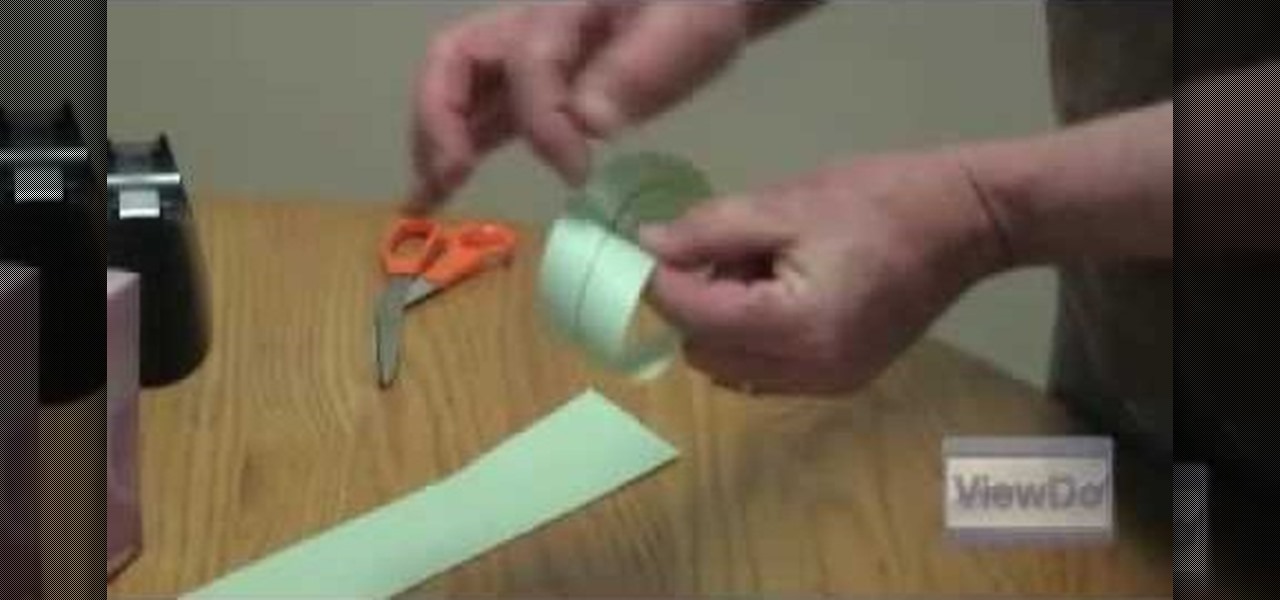
How To: Make a mobius loop or strip
This video will show you how to make a 2 dimensional object in a 3D world. A well-known example of this is a mobius strip, which can be made with a strip of paper, scissors, and some tape. After cutting out a long strip of paper, you should take the strip of paper, give it a half twist and tape it together, making a loop. This loop, or mobius strip, exists in a three dimensional world, where by following the loop, you seem to always arrive at the same point. Furthermore, the loop can by cut d...
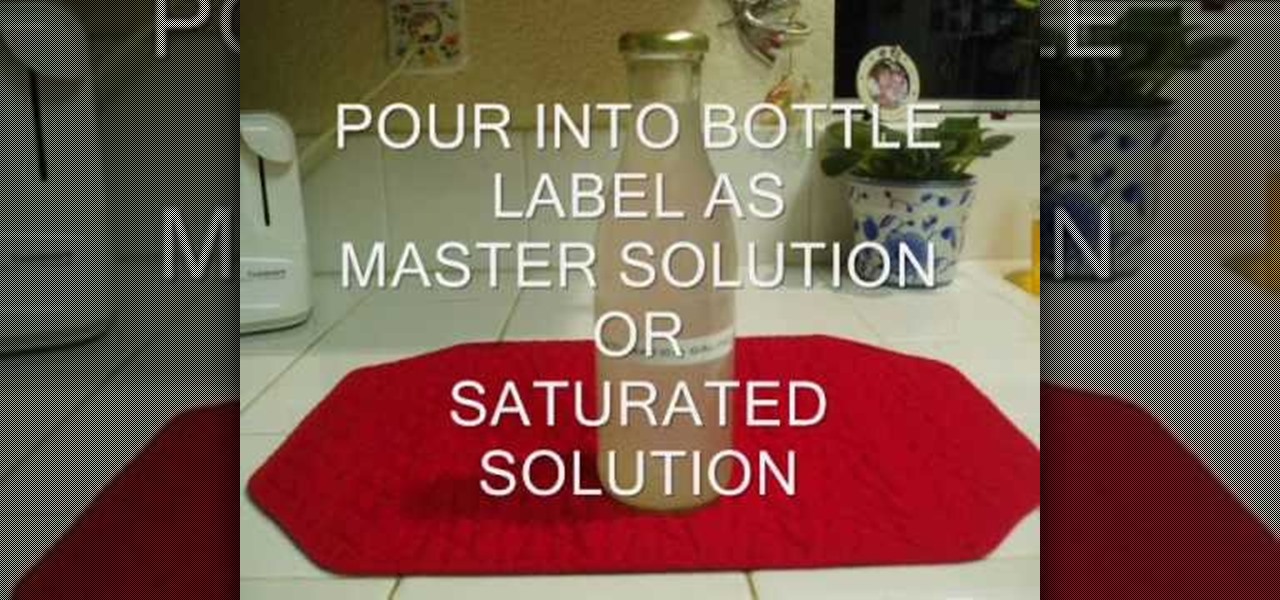
How To: Make saline (salt) or Lye (NaOH) solutions
You can make saline (salt) or lye (NaOH) solutions. So first you will have to arrange these things to do it which are 2 500ml bottles, 1/2 LB table salt, measuring cup, kitchen scale (optional) and pan for heating. Now first heat the

How To: Weather Forecast And Weather Predict Without Technology
We have no control on the weather yet it is a part of our lives which influence what we do, what we eat, what we wear and many times where we live. How did people predict the weather before there was the Internet, television, radio or the weatherperson with all of their gadgets?
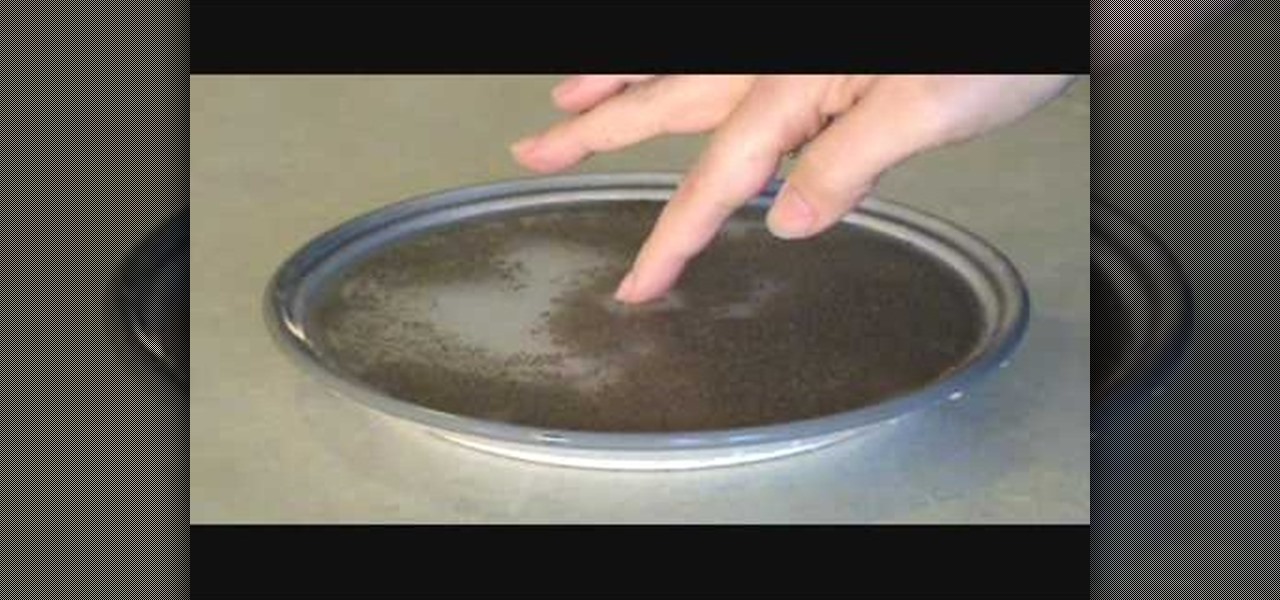
How To: Do a science trick demonstrating surface tension with pepper, soap, and water
Surface tension is one of the coolest things about water. Without it, there would be no waterskiing, and that would be a sad world. This video will show you how to do a cool science magic trick with pepper, soap, and water that demonstrates surface tension. All you do is scatter the pepper on the surface of the water, then dab your finger with dishsoap and touch it to the water. You finger will appear to repel the pepper as the soap disturbs the surface tension of the water. Cool little trick...

How To: Make burning bubbles with a condensed air dust remover, soap, and water
Bubbles are usually soft, airy, safe things. Not when they're on fire they're not! This video will show you how to create burning bubbles using only condensed air dust remover, water, and soap. You may have seen this done in science class with gas from a Bunsen burner, but this requires much less elaborate equipment and can be done nearly anywhere! FIRE!
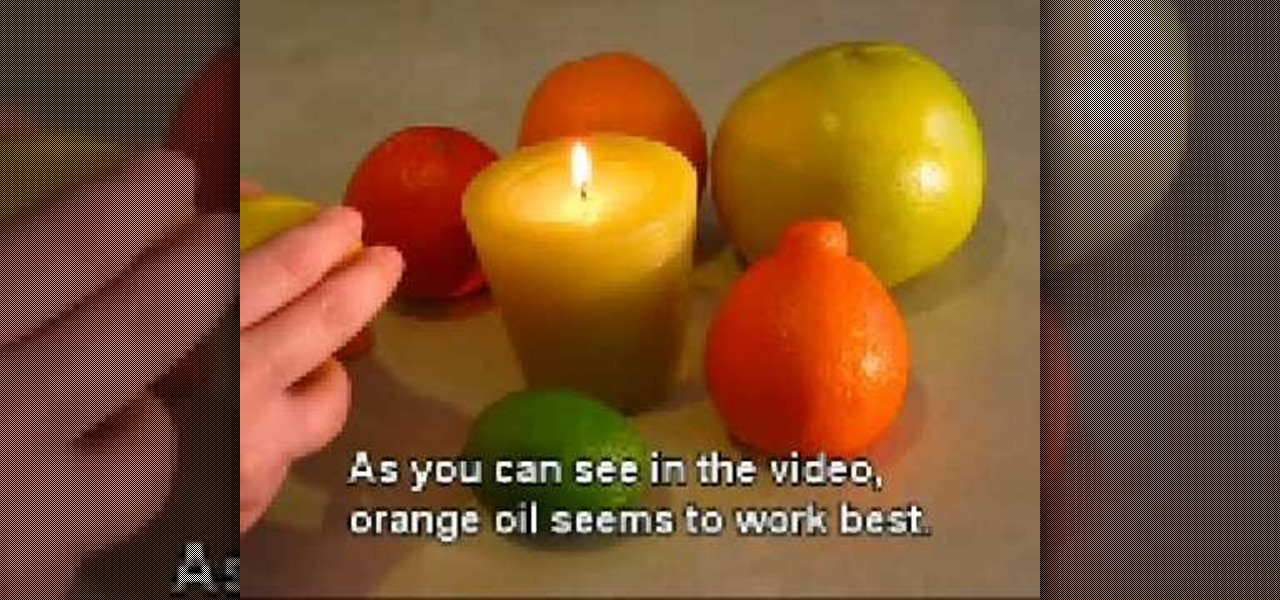
How To: Make flames burn larger with citrus fruit peels
There are so many crazy fun things you can do with fire, this is probably one of the most tame. But it's got flame, so it's still cool. This video will show you how you can squeeze the peels of citrus fruits onto a candle (or large flame for increased fun) and the acid will cause the flame to burn larger and brighter for a flash. Experiment with different peels and flame sources for extended fun. Grapefruit work fantastically.

How To: Create a small explosion with calcium carbide
In order to create an explosion, using Calcium Carbide, you'll need the following: calcium carbide, water, a dropper, and a lighter.
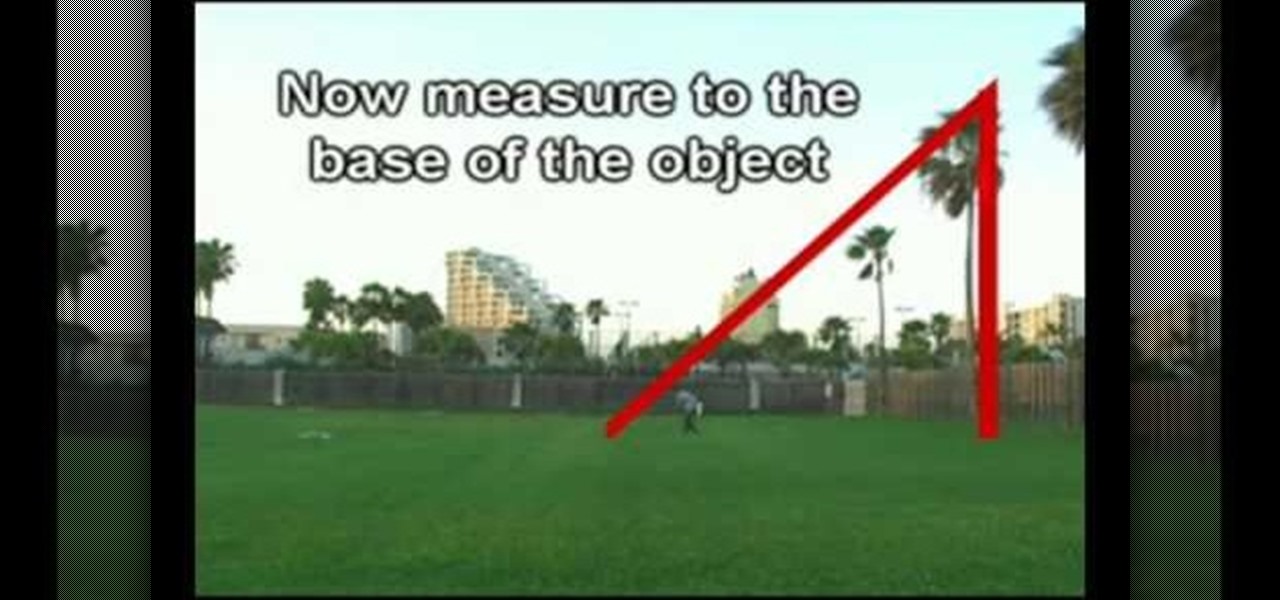
How To: Use a protractor to measure the height of any object
In this video, we learn how to use a protractor to measure the height of any object. First, attach a level to the protractor, followed by a straw at the 45 degree angle. Next, walk back form the object while looking through the straw. Keep walking back until you spot the top of the object through the straw, then measure to the base of the object. After this, you will have an isosceles triangle that has two equal sides. Use these sides to help find what the size of the object is. After this, a...
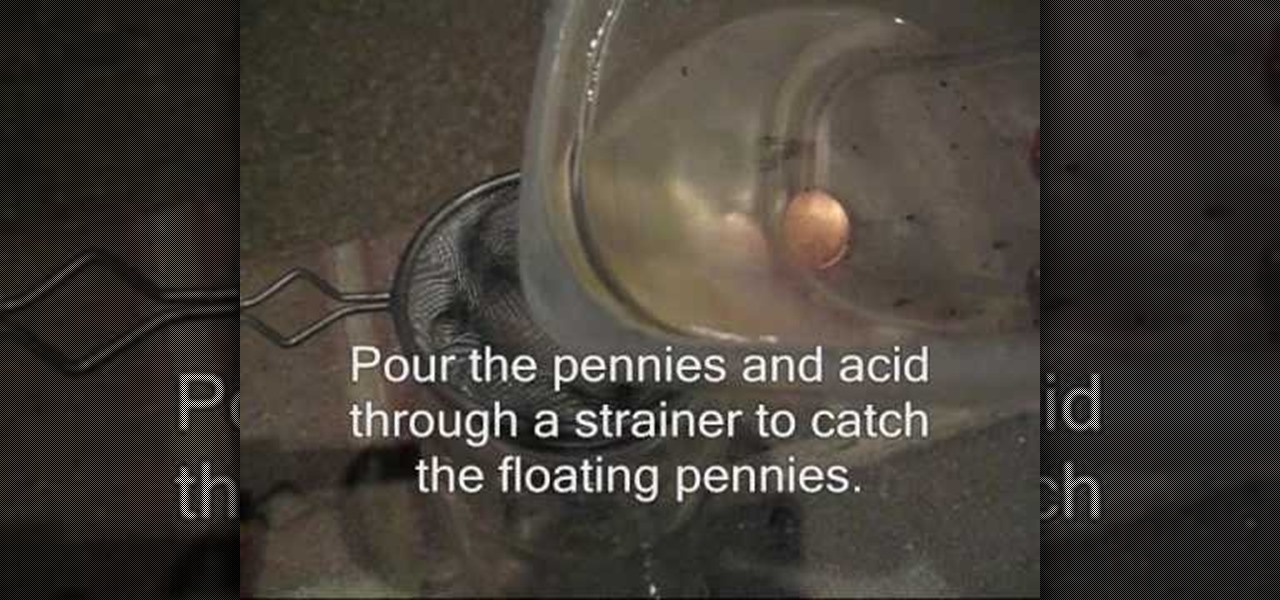
How To: Hollow out a penny
In this video, we learn how to hollow out a penny. First, you need pennies that are dated after 1982, muriatic acid, a plastic container, and sandpaper. First, rub the edge of the penny on sandpaper until the silver color is exposed. Do this on two pennies, then place them in the plastic container. Now, while wearing gloves, pour the acid into the container so the pennies are completely covered. Now the pennies will start to bubble, leaves these in the acid for around six hours. Next, pour th...
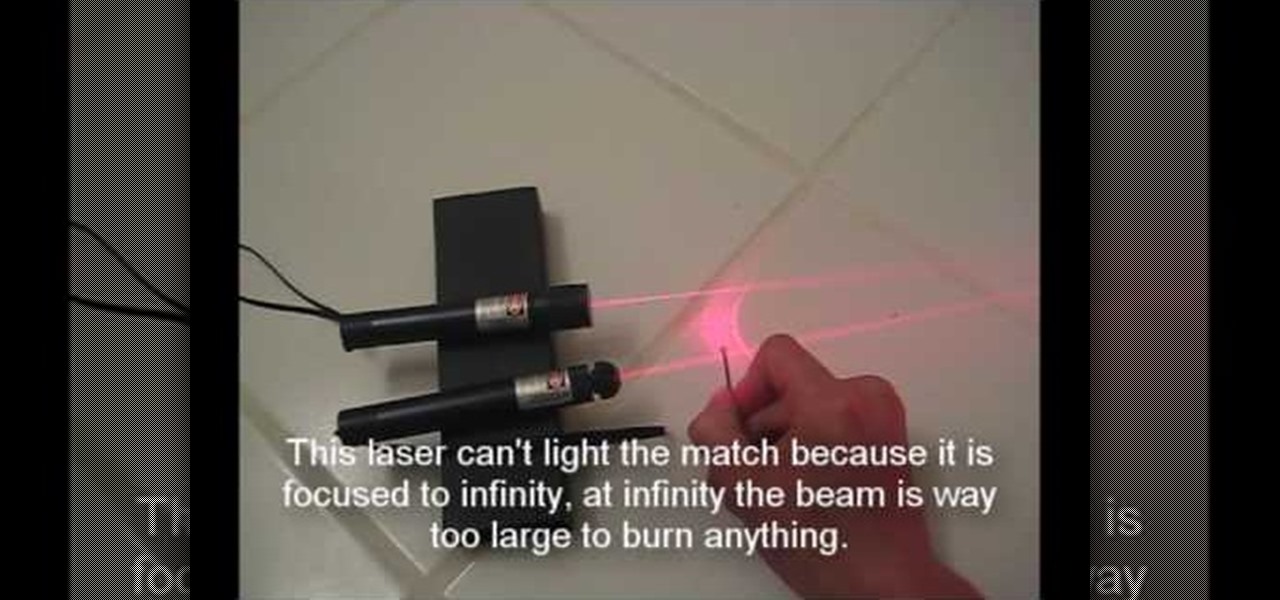
How To: Focus your laser to make it burn
In this video, we learn how to focus your laser to make it burn. The best spot for a laser to burn things is at its focal point. This is where the beam from the laser is at its smallest. If you hold a match in front of the beam, it will light it on fire as soon as it's in front of it. If you put two lasers next to each other going the same direction, it won't be able to burn because the light beam is too large. If you position the lasers so the light is smaller, then they can catch something ...
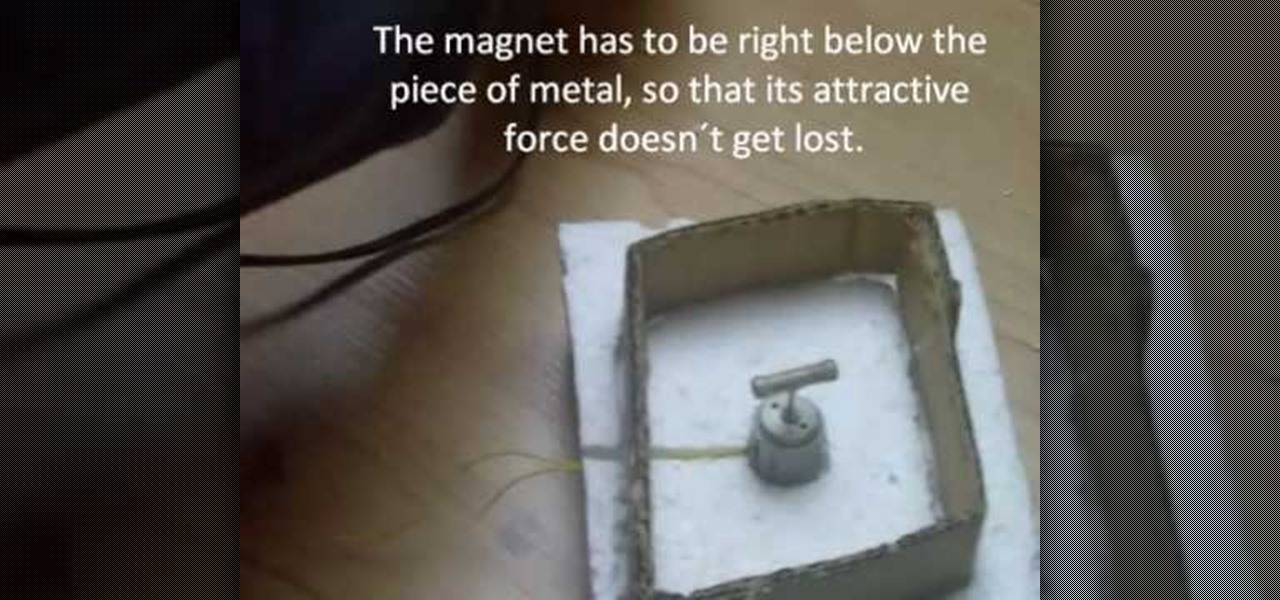
How To: Build a magnetic stirring device
In this video, we learn how to build a magnetic stirring device. First you will need: a block of 1 inch thick Styrofoam, a piece of cardboard, 2 magnets, a small electric motor, a piece of non-magnetic metal, a hot glue gun, and a soldering iron. First, draw the shape of your cardboard square on the foam and cut it out. After this, take your soldering iron and melt away the Styrofoam from the outside. Then, make a hole in the middle for where the motor will be placed and push it inside. After...
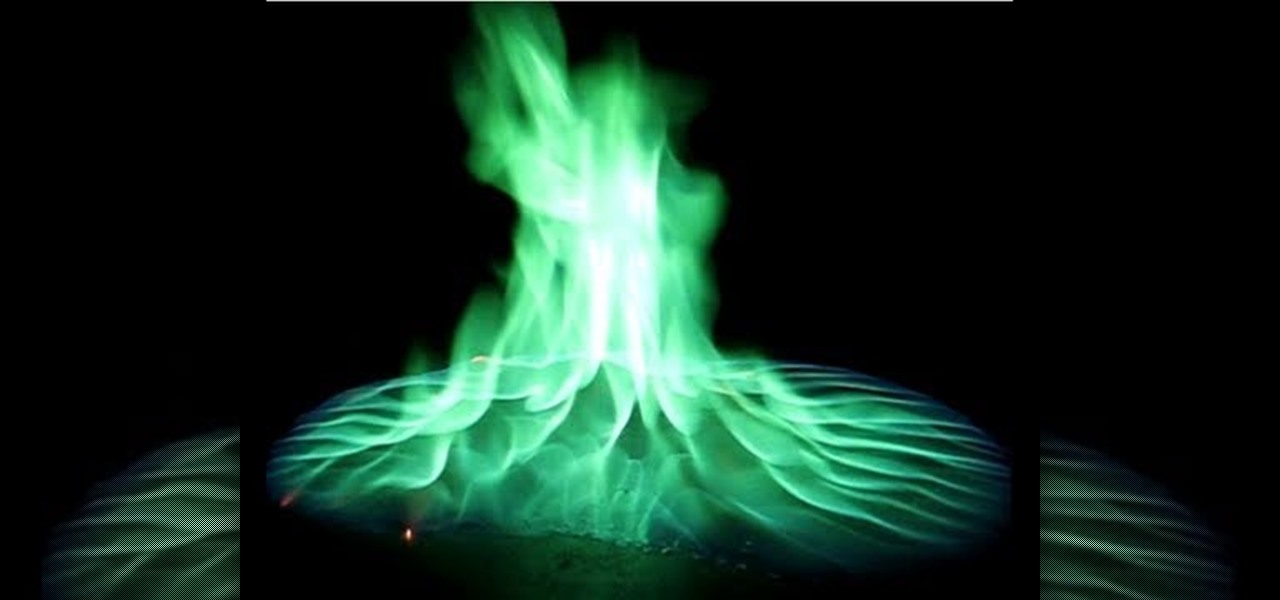
How To: Make green fire from household materials
In this video, we learn how to make green fire from household materials. You will need: antifreeze, boric acid, and a glass jar. First, pour the antifreeze into the jar until it's 1/3 of the way filled. After this, drop a spoonful of the boric acid into the mixture and mix it up thoroughly. Now, let it sit for 30 seconds and then go into a dark room. Light this up, then watch it burn! You can also put it into a spray bottle and spray it over a flame to see the green fire right in front of you!

HowTo: Make Elephant Toothpaste
Nope, not the kind used by this elephant dentist: But THIS kind, the kind a mad scientist concocts:
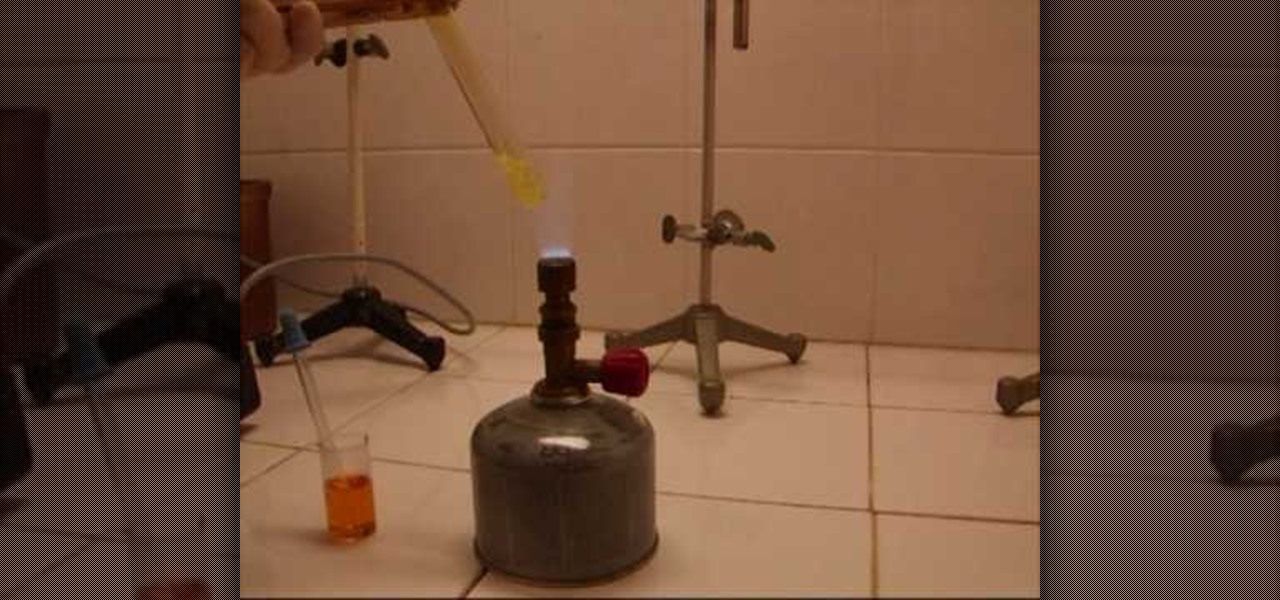
How To: Dissolve gold in aqua regia to make tetrachloroauric(III) acid (gold chloride)
Aqua regia (königswasser in German) is a very corrosive liquid made from a mixture of nitric acid and hydrochloric acid (1:2 - 1:3). This chemical mixture is so corrosive that it can even dissolve gold, and that's what you'll learn about in this video.

How To: Make elephant toothpaste with detergent, hydrogen peroxide & potassium iodide
We all know what elephant toothpaste is, but what's the best way to make this massive growing foam? Dr. Lithium from NurdRage has answers. He'll show you the best way to reproduce this chemical reaction to get the best foaming action! This is a classic science class demonstration.

HowTo: Turn Your Piggy Bank to Gold
Calling all alchemists, it's time to make magic. Here's another lesson from our favorite mad scientist, Nurdrage (previously, DIY glow sticks & pencil lead levitaton).

How To: Get a coin out of water without getting wet
In this tutorial, we learn how to get a coin out of water without getting wet. First, place the coin inside of water on a plate. Next, use a lighter to light a piece of paper on fire, then place the paper inside the water cup and let it smoke and burn. Next, push the cup down onto the plate, and it will soak up all the water that was on the plate! Then, your penny will be dry and you can pick it up without getting wet! This is a great trick to show your friends and works easily without any pr...

How To: Turn eggs into bouncing balls
In this tutorial, we learn how to turn eggs into bouncing balls. You will need: hard boiled eggs, vinegar, and a jar to make these. First, fill your jar up with vinegar and then drop your egg inside of it. After this, let the egg sit inside of the jar for a couple of days. After this, take the egg out and peel the membrane of off the outside of it. Now, you will be able to use your egg to bounce off of anything. When peeled apart, the contents of the egg will be rubbery as well! This is an in...

How To: Understand what science & why it's important
Chris tells us how to understand what science is and why it's important. If you didn't have science, you wouldn't have any technology! This includes televisions, cell phones, portable devices, and everything else that science relies on. Basically we would be living like we were in the stone age again! Science impacts so many different parts of our lives, and although it's not all the same type of science, it all matters. Take a few minutes to think about what life would be like without having...
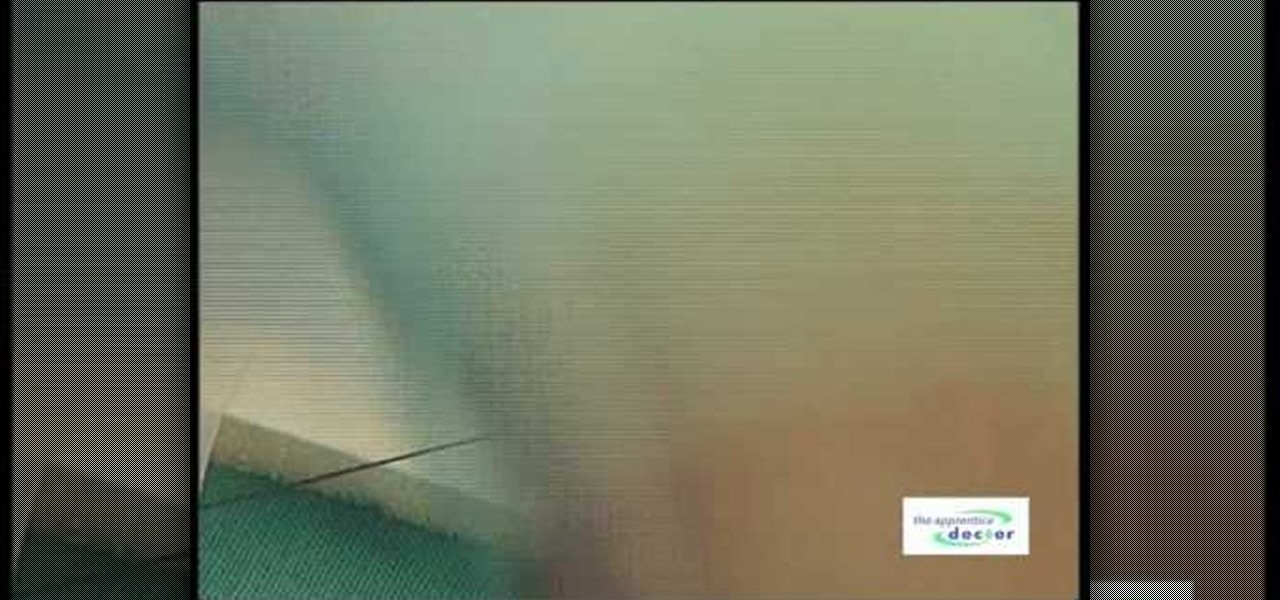
How To: Place a horizontal mattress suture for surgeons
In this video tutorial, viewers learn how to suture. Begin by lifting up the skin on the far side of the laceration with the tissue forceps and insert the needle with some distance far away from the wounded edge. Then lift up the skin with the near side laceration and mirror the course of the needle. Now move somewhat to the right of the subsection of this stitch, parallel to the incision line. Place the second subsection of the horizontal macro-suture like the first part. But this time from ...
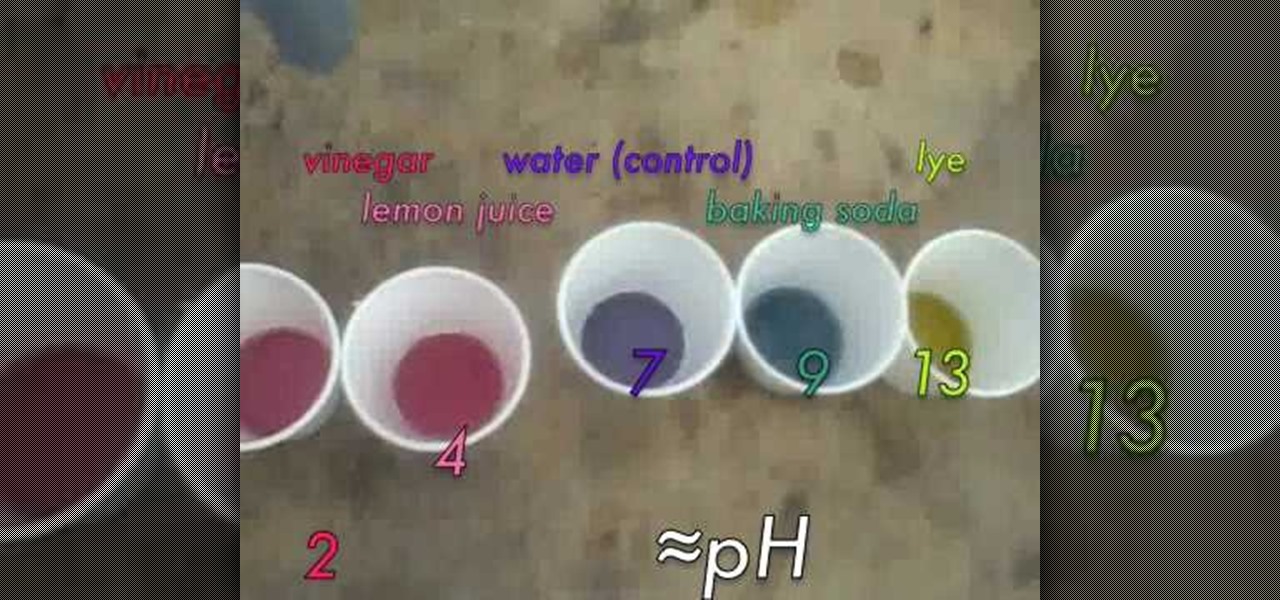
How To: Make a pH indicator out of red cabbage
In this video, we learn how to make a pH indicator out of red cabbage. Red cabbage will work because when it absorbs an acid then it changes color and reflects light differently. To do this at home, try to add different types of acids to the cabbage. Start off by putting the cabbage in the blender, then make sure it's shredded. Now, put it in a jar with some boiling hot water. Shake up the jar, then place the water into some separate cups. Now, add chemicals into the juice and depending on th...
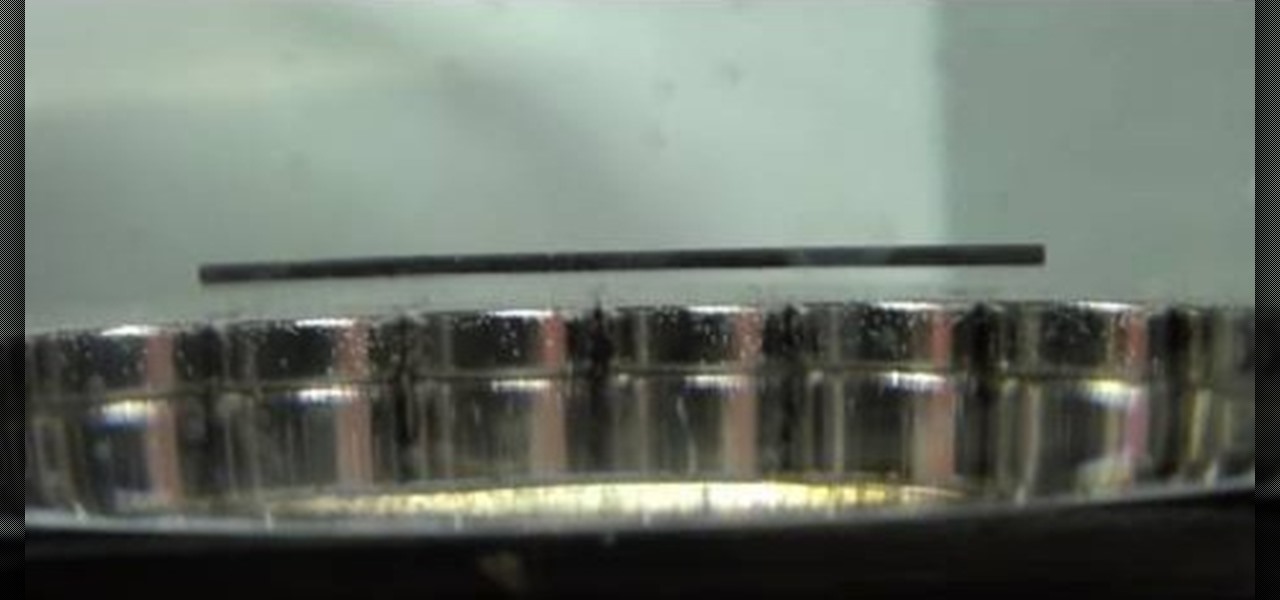
How To: Levitate thin diamagnetic pencil lead with neodymium magnets
In a previous Nurd Rage video (here), Dr. Lithium showed you that pyrolytic graphite was diamagnetic, and that it could be stably levitated over magnets. It was repelled by a magnetic field, and this repulsion was strong enough to levitate it. In this science video tutorial, you'll learn how to levitate plain old pencil lead this time.
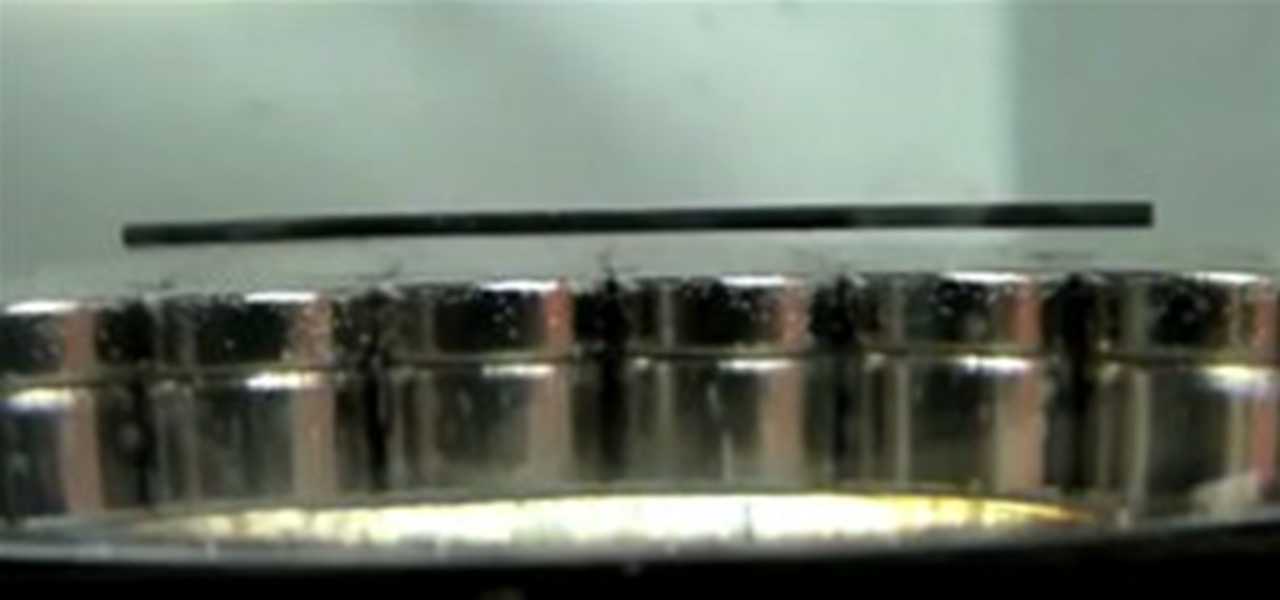
HowTo: Levitate Pencil Lead
The anonymous doctorate of science, Nurdrage, is back with another fascinating HowTo (previously featured, glow sticks). Dr. Lithium's latest video demonstrates how to practice diamagnetic levitation using common household pencil lead and magnets.

HowTo: Extract DNA From Anything Living
As long as you don't mind liquifying your subject in a blender, you can test DNA from virtually anything living with this guide from he Universe of Utah's Genetics Science Learning Center. Learn Genetics uses green split peas as a subject, and suggests fruits, meats and vegetables.
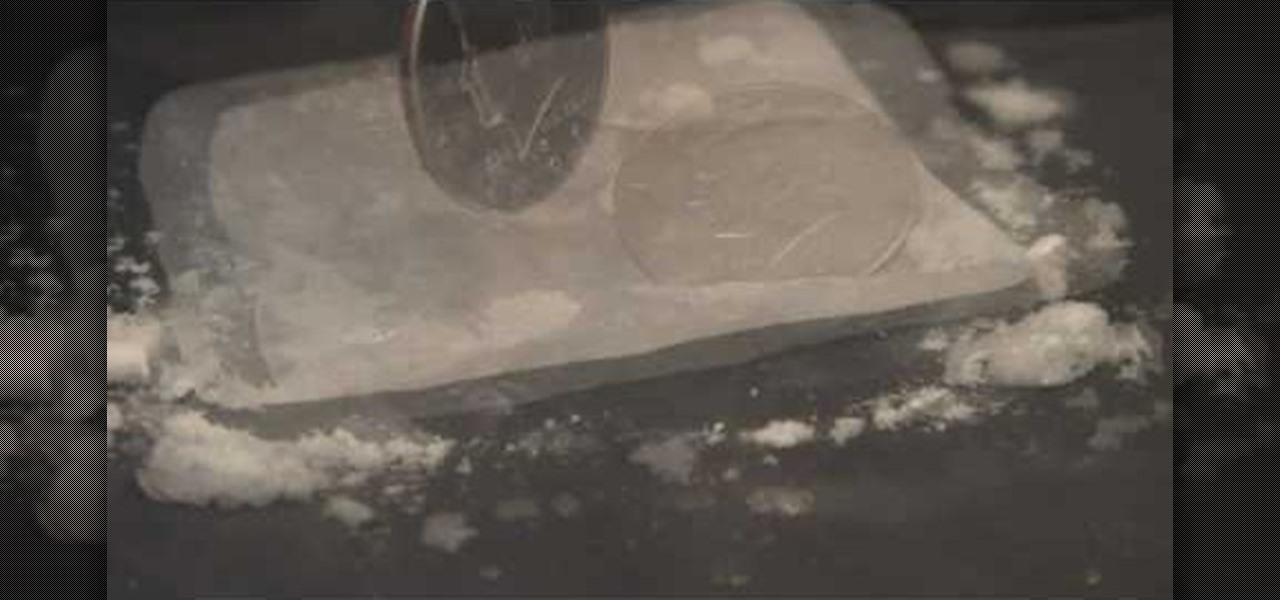
How To: Make a metal coin shake and shiver with dry ice
If you have some dry ice, try this cool science experiment out. It's so easy, you have to try it, at least once! You just need a chunk of dry ice and some metal coins, like a half dollar (which is comprised of copper and nickel).
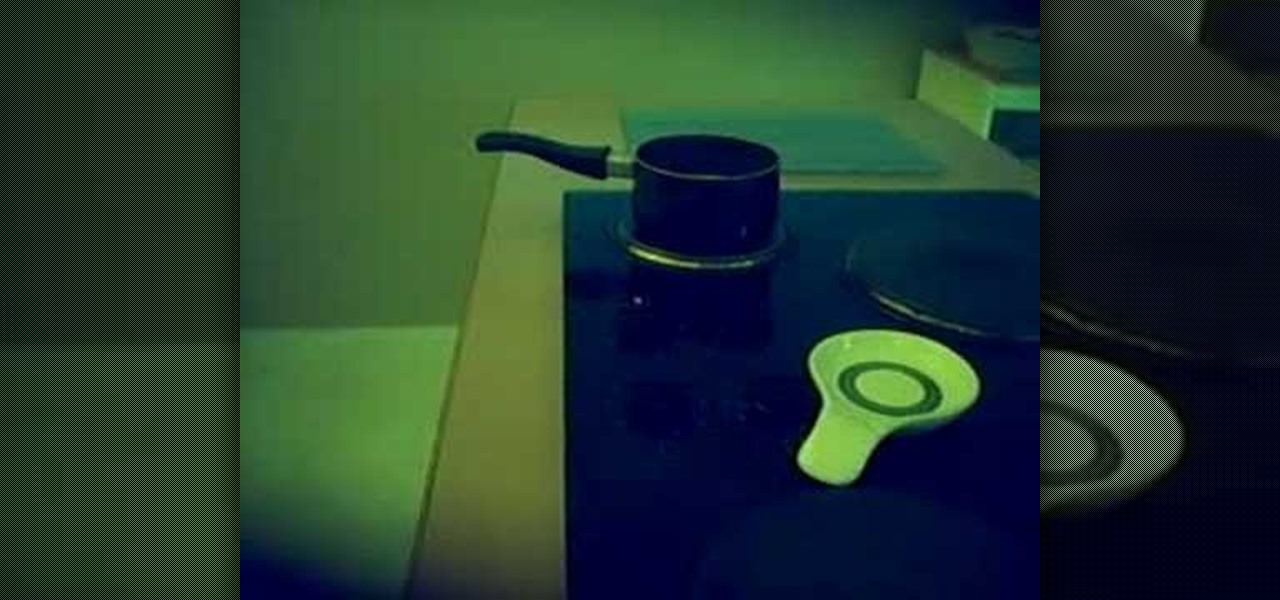
How To: Make a plastic like substance from vinegar and milk
In this video tutorial, viewers learn how to make a plastic substance. The materials required for this experiment are: 1 bowl of milk, 1 cup of vinegar, pot and mixing spoon. Begin by heating the milk in the pot and heat it at medium heat for several minutes. Then pour the milk into a separate bowl. Now add the vinegar into the milk and stir it. Continue stirring until it forms into a solid mixture. Then drain the liquid. This video will benefit those viewers who enjoy experimenting, and woul...
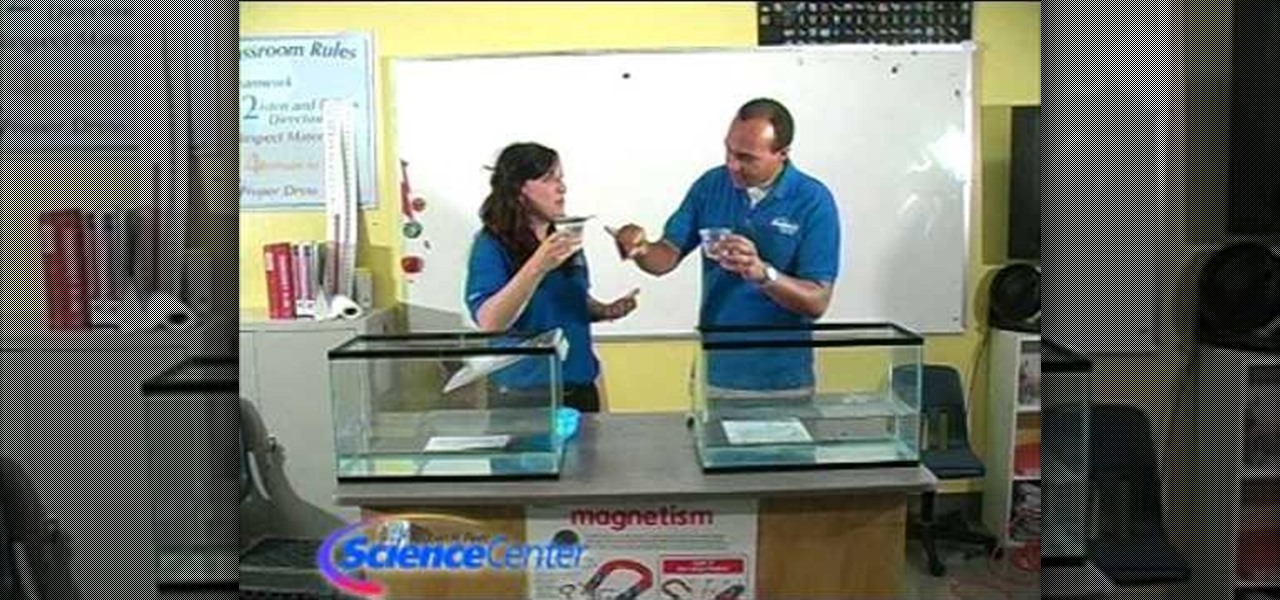
How To: Demonstrate the difference between land & sea ice
In this tutorial, we learn how to demonstrate the difference between land & sea ice. First, fill up two large aquariums with water, then add in a glacier to one aquarium and an iceberg in the other. This will see how the water level changes based on the melted of each different ice item. Draw a line at the water line where it started at, then when the ice melts, check the water levels. When finished, see what the water levels have ended up at. Now you will be able to show this to your student...
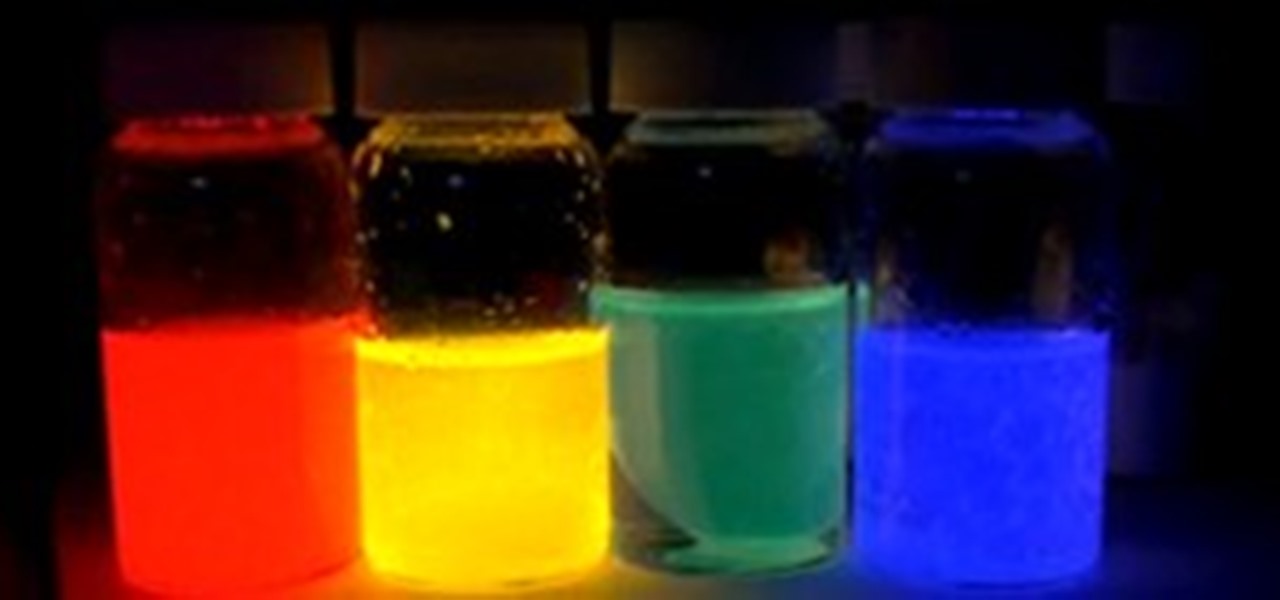
HowTo: DIY Glow Sticks
WonderHowTo favorite (and pal) NurdRage brings us another great science tutorial. Making glow sticks at home is not necessarily cheaper, but it's a great science project. Check out the video below to learn not only how to make the glow sticks, but also all about fluorescent dyes (and why Mountain Dew will not do the same thing). Previously, NurdRage Shatters Mysteriously Procured Human Heart.
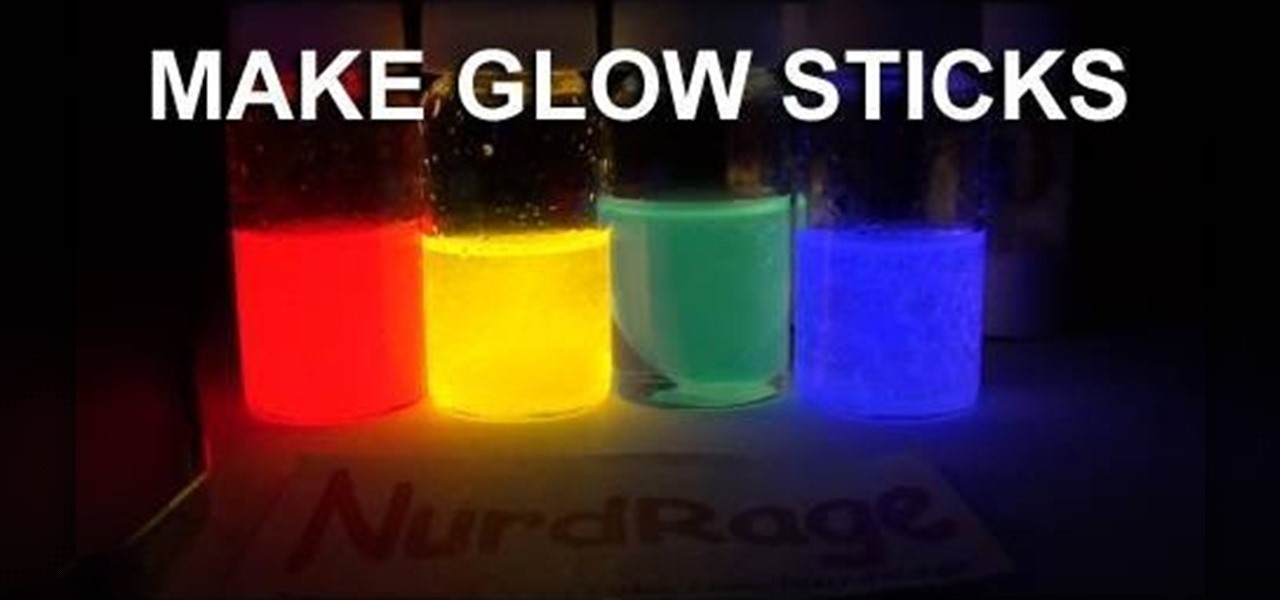
How To: Make glow sticks with DEP, TCPO, sodium acetate & dye
If you prefer glow sticks over candles during a power outage, then this how-to is for you! Although glow sticks are used as temporary light sources, there are other applications for them. Divers use them for night diving, fisherman use them to catch swordfish, and the military uses them for light markers, along with infrared versions used in conjunction with night vision devices. But with all these handy uses for glow sticks, the most popular is — recreational use, like dancing at raves, some...
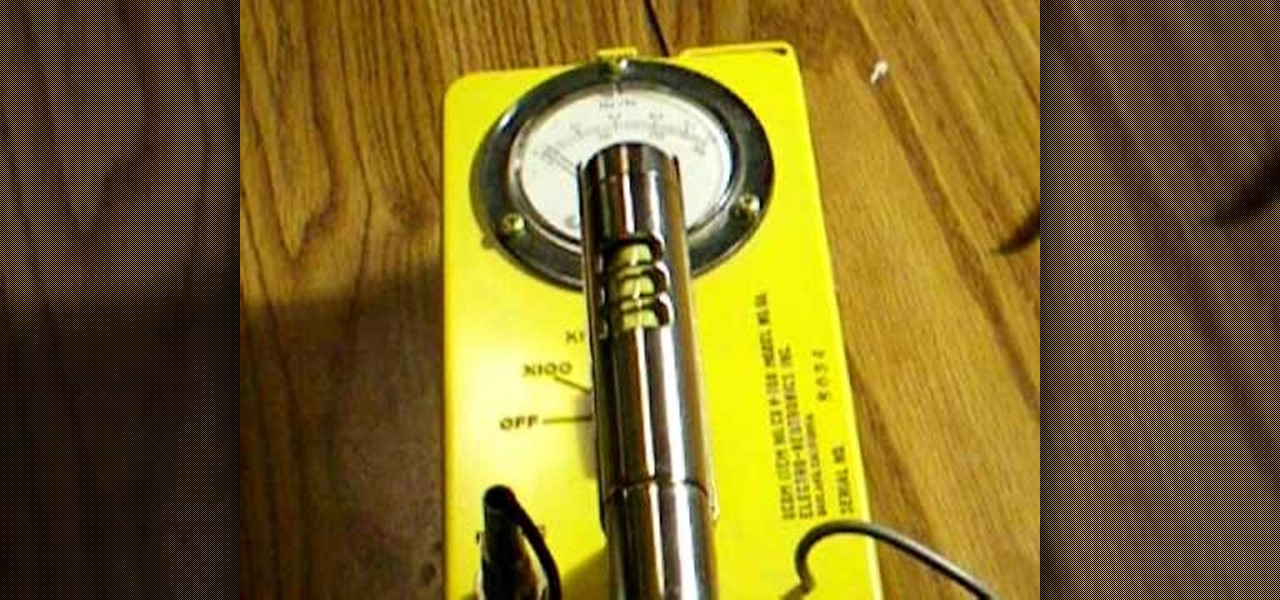
How To: Use radiation detection equipment
In this tutorial, we learn how to use radiation detection equipment. To use the dosimeter, you will remove the cap, then place the pipe on and push down on it. A light will come on, and you can use the knob to zero it. When you look in, you will be able to see it's measured in Roentgens per hour. When you are done using this, zero it again. Next, you will have a CD Geiger counter which has three positions for the knob. Whatever it is set on, you multiply the reading by that number. If you tur...

How To: Make fake blood from iron, chloride, and potassium
In order to make fake blood, for special effects or for Halloween, you will need the following: Potassium Thiocyanate (KSCN), Iron (III) Chloride (FeCL3), which is also known as ferric chloride or may substitute Iron Nitrate (Ferric Nitrate). You will also need water or dihydrogen monoxide.
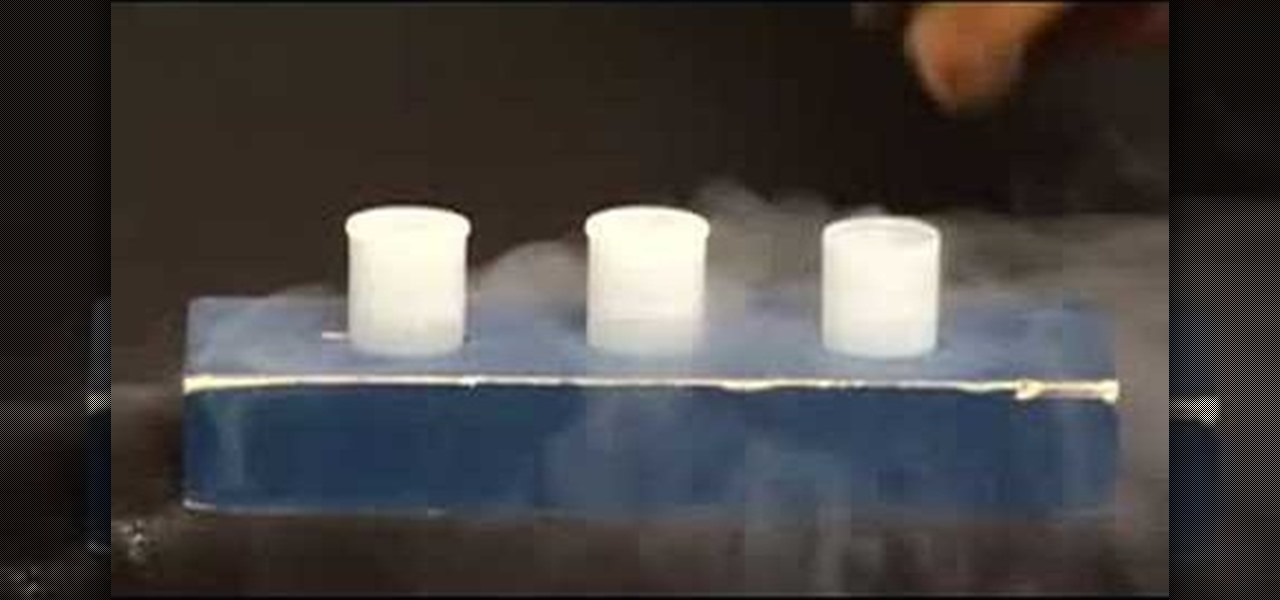
How To: Blow open sealed containers using liquid nitrogen
In this video tutorial, viewers learn how to do a liquid nitrogen experiment. The materials required for this experiment are liquid nitrogen and film canisters. This task is very easy, fast and simple to do. Begin by pouring the liquid nitrogen into the film canisters. Then quickly place the film canister lids on. The liquid nitrogen will eventually become a boiling gas and expand about 700 times. Because of the expanding, the pressure will build in the canisters and result in popping lids. T...

How To: Create an erupting volcano
In this tutorial, we learn how to create an erupting volcano. First, take ammonium dichromate and pour it into a clear plastic dish. Next, grab a blow torch and blow it onto the material. This will make a substance that is black and looks like ash. This will get messy, so make sure you have a newspaper or cloth underneath the dish. Eventually, the material will catch on fire so you can remove the blow torch, then the ash will fall all around the volcano and the sparks will fly out of the midd...

How To: Make non-Newtonian slime mixing cornflour and water
In this tutorial, we learn how to make slime by mixing corn flour and water. To start, you will need corn flour, water, and two plastic containers. First, pour the corn flour into one plastic container and then add in some water with food coloring to the mix. After this, mix the combination together until it makes a paste. Add more water or corn flour as you mix. When finished, grasp the mix in your hands and it will start to turn into slime! You can color this with any color food coloring, b...

How To: Grow bacteria with agar & petri dishes
In this tutorial, we learn how to grow bacteria with agar and petri dishes. First, prepare your agar by swirling it and then pouring it into an open petri dish. Next, close the cap to the petri dish and let it sit for an hour. Next, grab a q-tip and swab it on a surface you prefer. After this, swab it onto the petri dish and let it sit for around a week. When you come back to the dish, you will see all the bacteria that has grown! This is a great science experiment to do for children in schoo...
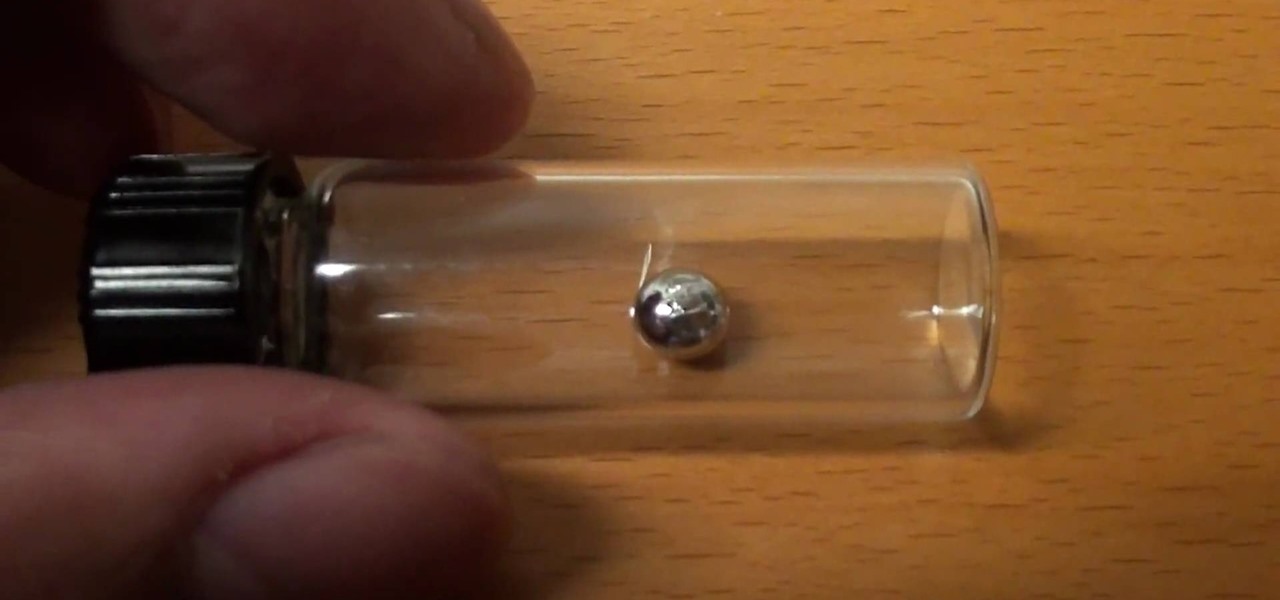
How To: Dissolve ruthenium metal with household bleach
You've manage to get your hands on some ruthenium, and now you want to destroy the hard silvery-white metal of the transition series. Well, you're going to try all kinds of ways to dissolve this odd metal, but the only successful way to dissolve ruthenium is with a common household cleaner… bleach.

How To: How Long Can a Man Survive in a Deadly Space Vacuum?
Here at WonderHowTo, we certainly have an affinity for outer space-related topics, so I couldn't pass up this horrifying video of a man who just barely survived a simulated space vacuum.
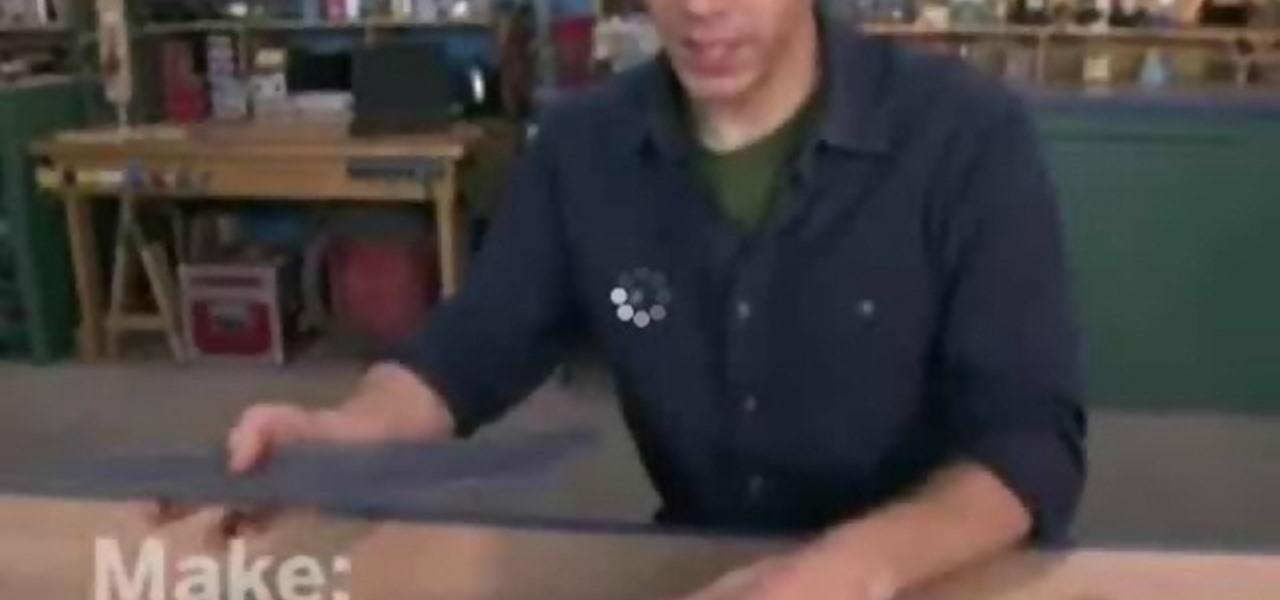
How To: Build a wind turbine with PVC windmill blades
In this Education video tutorial you will learn how to build a wind turbine with PVC windmill blades. This project when completed will charge a 12V battery. You can turn a motor in to a generator. When you spin the shaft on the generator, electricity is generated. So you get a motor with a flywheel and attach the turbine blades to it. When the blades turn with wind action, electricity will be generated. Take PVC pipes, 8" in diameter and 24" long. Cut the blades out of the pipe as per directi...

How To: Make sodium acetate with homemade items
In this tutorial, we learn how to make sodium acetate. First, pour a bottle of vinegar into a large pot on a stove. Next, add in baking soda slowly until it is completely dissolved into the vinegar. Stop adding the baking soda once the mixture doesn't bubble anymore. Now, turn the heat to medium and let the mixture boil down until you get a rich gold color. Now, grab a box of activated filter carbon and pour it into the bowl with vinegar and baking soda. When finished, mix the product togethe...

How To: Make smoke or fog rings with a rubbish bin
In this Education video tutorial you will learn how to make smoke or fog rings with a rubbish bin. This is really very easy and simple to do and takes practically no time. For this you will need a smoke machine like the ones used in night clubs, a rubbish bin, piece of oil cloth and a strap. Cut out the bottom of the bin and cover the top of the bin with the oil cloth and strap it up. When you push on the oil cloth, air will go out of the hole at the bottom. Now fill the bin with smoke from t...







